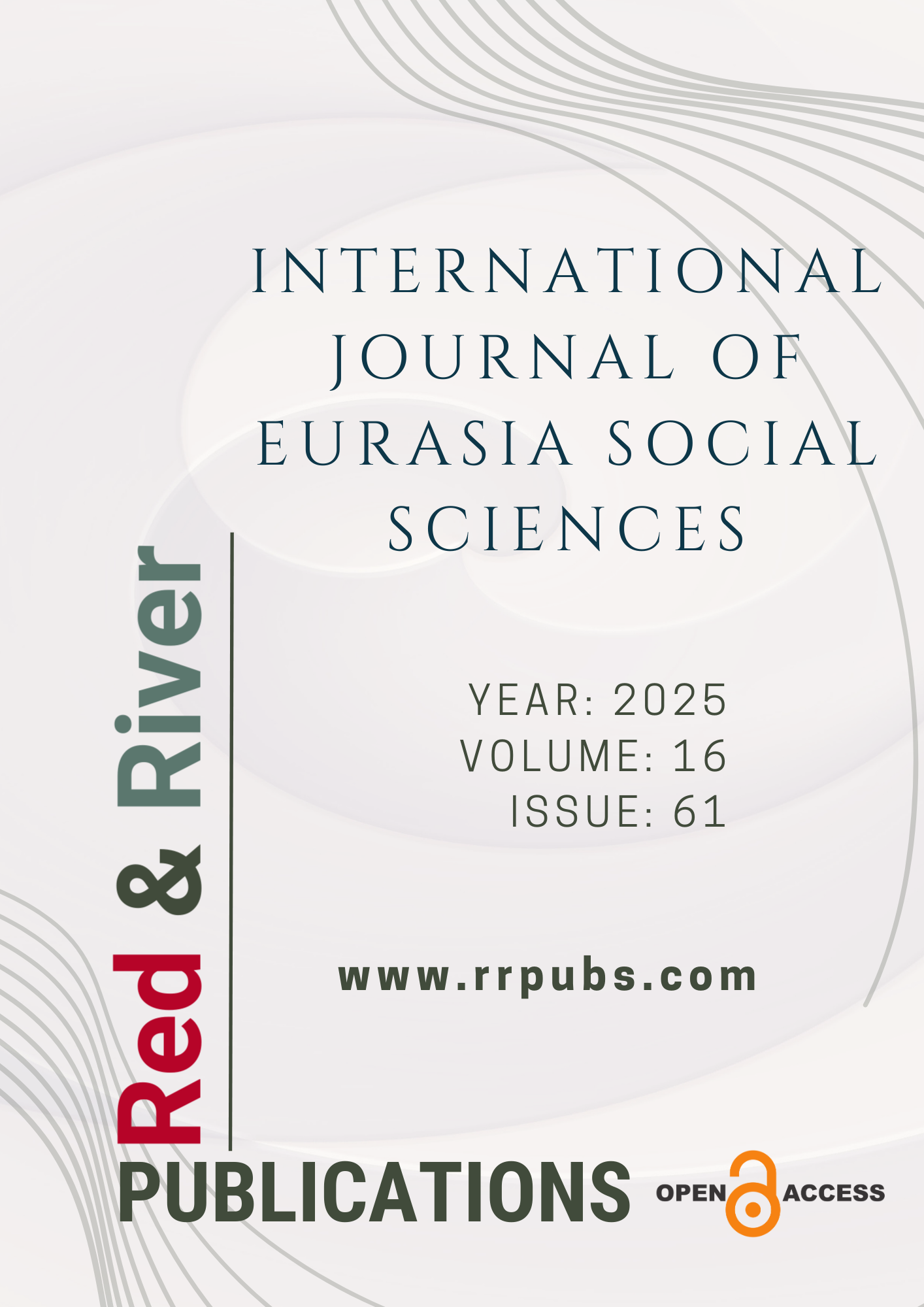Bashpare and manufacturing techniques in Ney instrument
DOI:
https://doi.org/10.70736/ijoess.1656Keywords:
Turkish Religious Music, Musical Instruments, Traditional Crafts, Craftsmanship, OrganologyAbstract
The historical origins of the ney instrument can be traced back to ancient civilizations. This wind instrument, made from reed, has been referred to by various names across different cultures. However, written and material evidence concerning the başpâre—the mouthpiece attached to the upper end of the ney that facilitates performance—appears to date back approximately three centuries. This suggests that the başpâre was incorporated into the historical development of the ney at a relatively later stage and gained functional significance particularly within the repertoire and performance practice of Turkish religious mûsikî. In this context, the başpâre has played a decisive role in the structural evolution of the ney, contributing both to the ergonomic refinement of the instrument and to the qualitative aspects of its musical performance. The materials used in başpâre production and the techniques employed in its crafting constitute a subject that warrants examination as thoroughly as the history of the ney itself. Indeed, the başpâre is one of the most critical components of the instrument. Due to its significance, its construction methods, materials, craftsmen, and technical specifications should be documented from an academic perspective. In this article, we have sought to document certain unique technical insights—gleaned from the experiences and knowledge of Ali Erdoğan, a craftsman residing in Kuşadası—regarding başpâre making. The art of başpâre craftsmanship, now on the verge of disappearing, has received little attention in scholarly literature. The existing academic studies on the subject are extremely limited and generally narrow in scope. For this reason, we have endeavored to address the topic of “başpâre” in a comprehensive manner in this study, which we believe to carry an original academic contribution in its field.
References
Başpare – Neyneva Ney Atölyesi. (t.y.). Geliş tarihi 07 Ağustos 2024, gönderen https://neyneva.com/baspare/
Bilgin, S. (2012). Zanaattan San’ata Başpare... T.C. Konya Valiliği İl Kültür ve Turizm Müdürlüğü.
Develioğlu, F. (1984). Osmanlıca-Türkçe Ansiklopedik Lügat (6.). Aydın Kitabevi Yayınları.
Fonton, C. (1987). 18. Yüzyılda Türk Müziği (C. Behar, Çev.; Birinci). Pan Yayıncılık.
Karahasan, T. H. (2003). Ney Metodu. Esen Ofset Matbaacılık.
Kaya, A. (2017). Ney Metodu Yardımcı Nota Kitabı (Birinci). Kültür ve Turizm Bakanlığı.
Koca, F. (2002). Ney’in Tarihi Gelişimi ve Dini Musikimizdeki Yeri. Dinî araştırmalar, 4(12).
Öncel, M. (2023). Kazım Uz Müzik Terimleri Sözlüğü. Vakıf Bank Kültür Yayınları.
Minyatür ve Gravürlerde Ney. (t.y.). Geliş tarihi 21 Nisan 2025, gönderen https://www.neyzenim.com/minyatur_gravurler.html?
NEY - Başpare—Neyzen.com. (t.y.). Geliş tarihi 07 Ağustos 2024, gönderen https://www.neyzen.com/ney_baspare.html
NEY BÖLÜMLERİ- NEY PARTS. (t.y.). Geliş tarihi 07 Ağustos 2024, gönderen http://www.neymaker.com/2012/07/ney-parts.html
Tan, A., & Çıpan, M. (2014). Ney (2. Basım). Konya Valiliği İl Kültür ve Turizm Müdürlüğü.
Turabi, A. H., & Harmancı, A. B. (2016). Giriftzen Asım Bey Hayatı ve Eserleri (Birinci). Amasya Belediyesi.
Uygun, M. N. (2007). Ney. İçinde Türkiye Diyanet Vakfı İslâm Ansiklopedisi (C. 33, ss. 68-69). TDV Yayınları.
Downloads
Published
How to Cite
Issue
Section
License
Copyright (c) 2025 International Journal of Eurasia Social Sciences

This work is licensed under a Creative Commons Attribution 4.0 International License.

